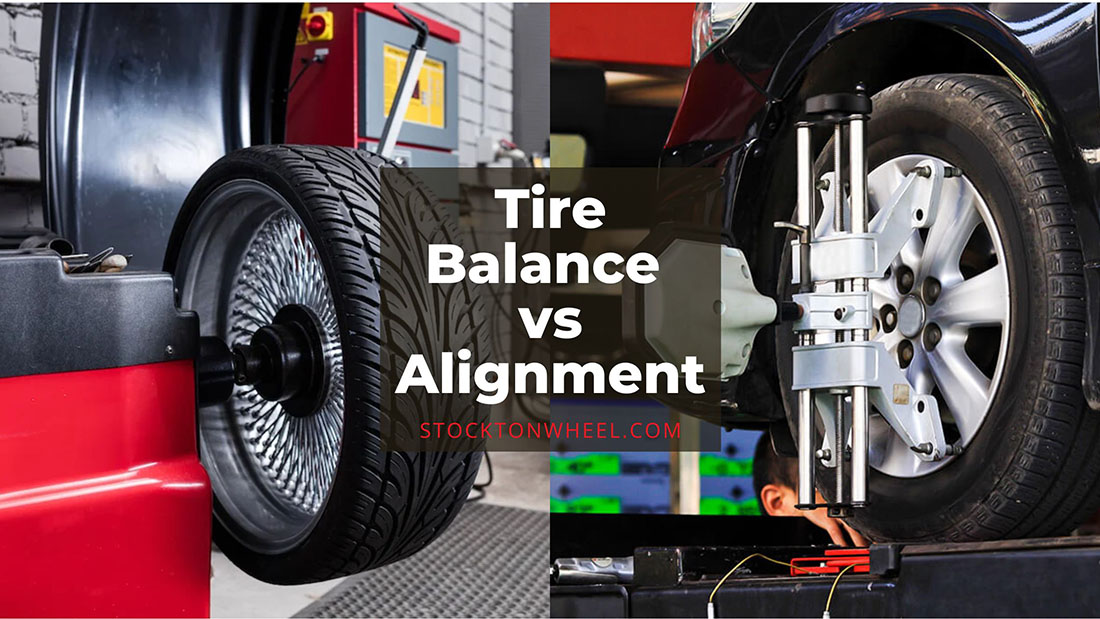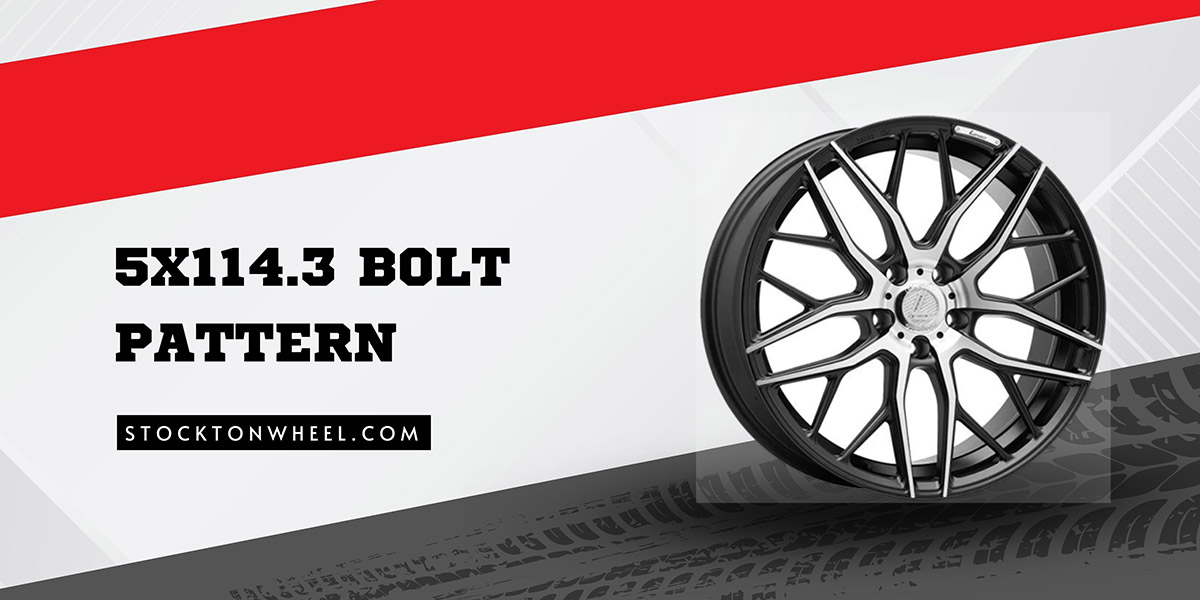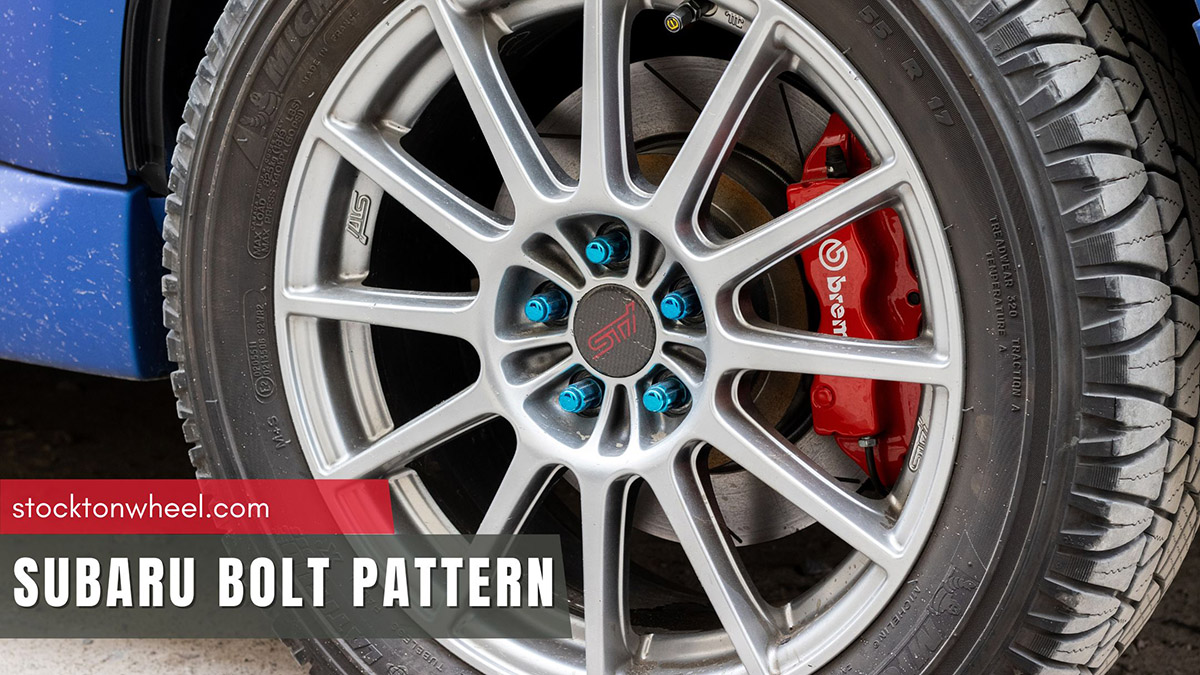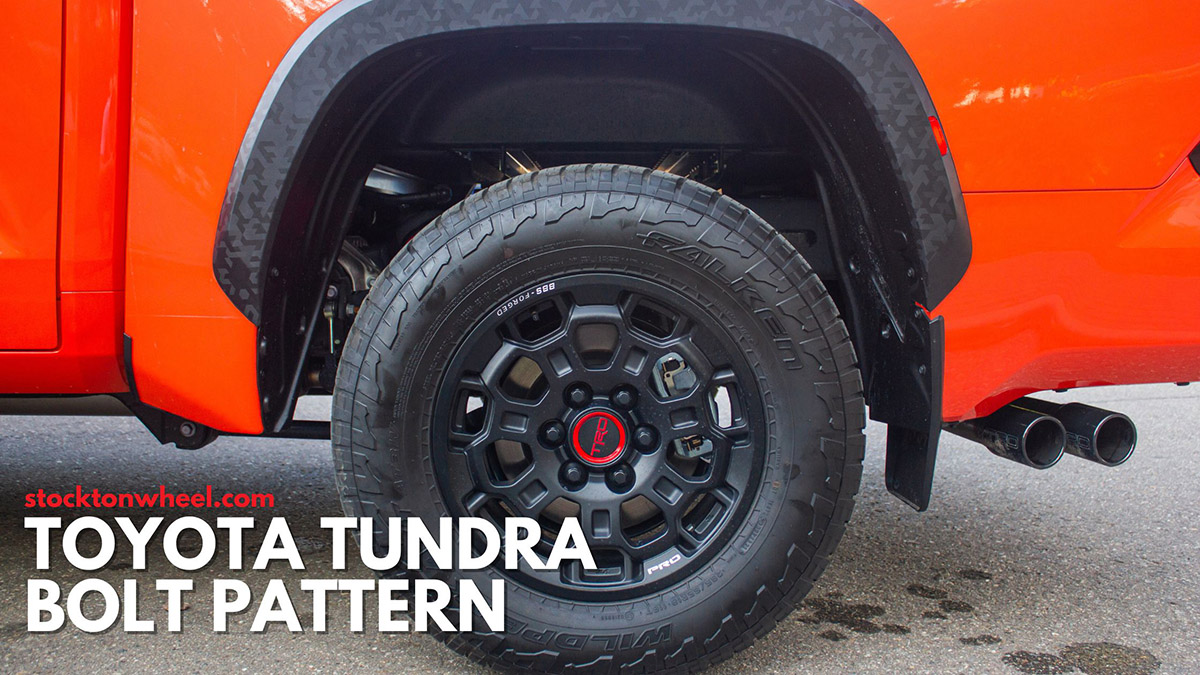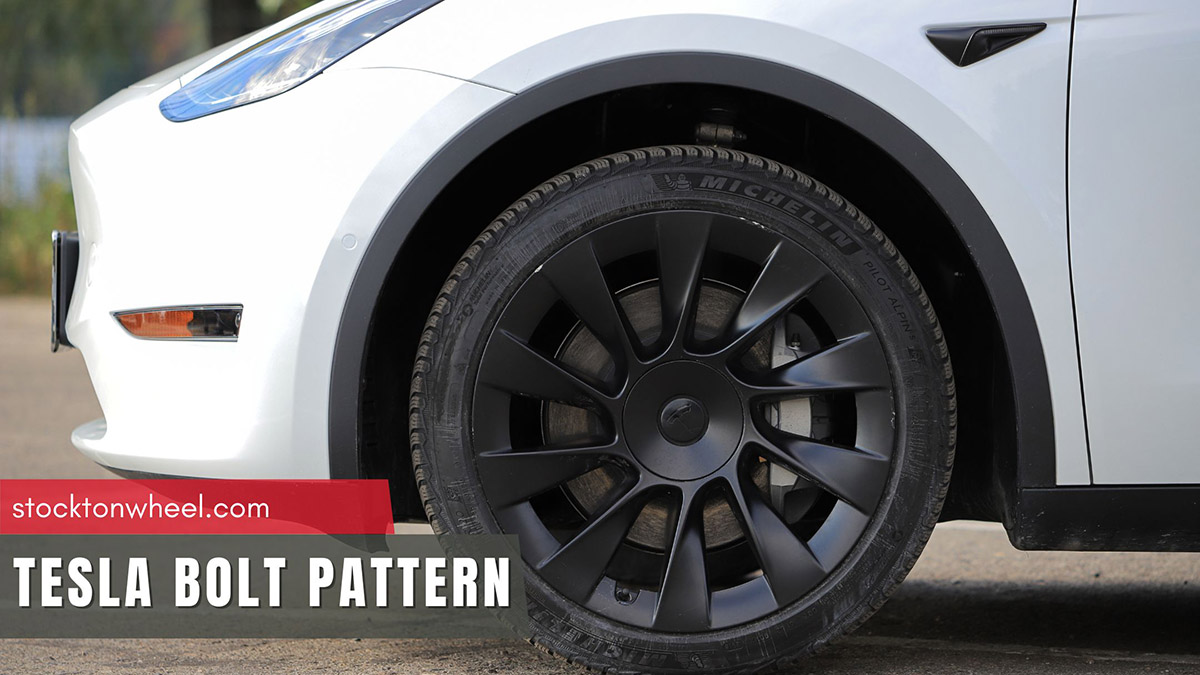Tire balance and alignment are essential aspects of vehicle maintenance, often confused due to their similar-sounding names. However, they serve distinct purposes in ensuring a smooth and safe ride. Learn more about the differences of tire balance and wheel alignment in this post, clarifying when and why each is necessary.
In this article:
Tire Balance Vs Alignment
While both play essential roles in ensuring your car operates optimally, they serve different purposes and address distinct issues. A tire balance helps even out the distribution of weight throughout your wheel and tire assemblies. Meanwhile, an alignment adjusts the tire angles to create the proper contact between the tire and the road.
What Is Tire Balancing?
Tire balance is a fundamental aspect of vehicle maintenance that focuses on achieving an even weight distribution around each tire and wheel assembly. When your tires are balanced correctly, they spin smoothly without causing vibrations. Here are the two types of balancing.
- Dynamic balancing: It is a method used to identify and correct imbalances in a tire and wheel assembly to prevent vibrations and ensure a smooth ride.
- Road force balancing: This, also known as match balancing, is a tire balancing technique that identifies and addresses both the tire’s low and the wheel’s high points to minimize vibrations and provide the smoothest possible ride.
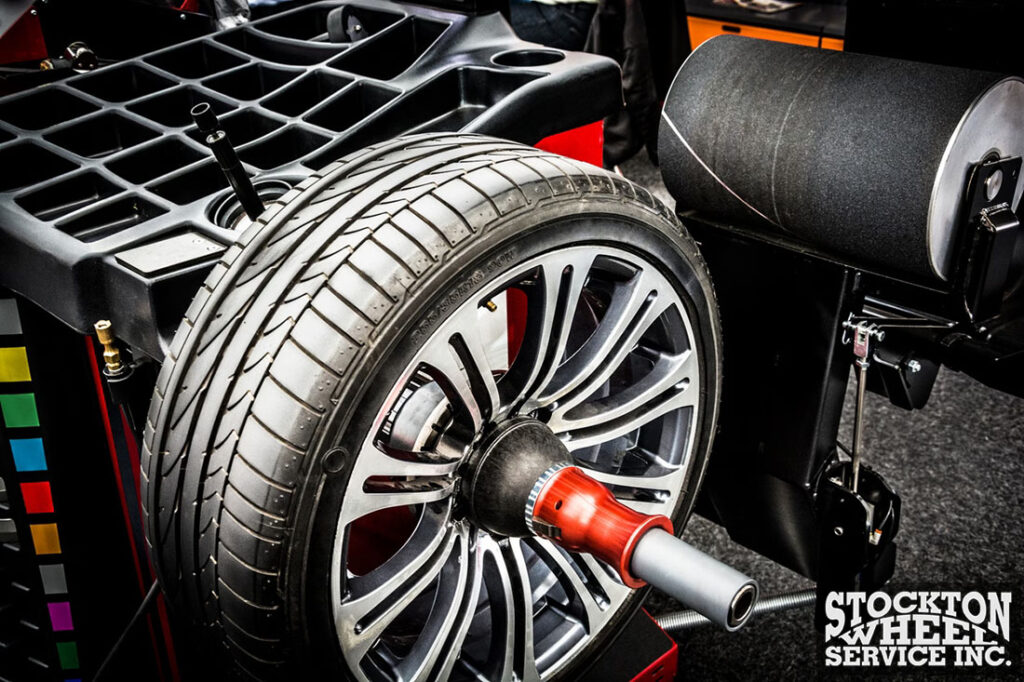
This even weight distribution ensures a comfortable and stable ride for you and your passengers, as vibrations can make driving unpleasant. Also, it contributes to improved safety and performance by reducing the strain on your vehicle’s suspension and steering components.
What Is Wheel Alignment?
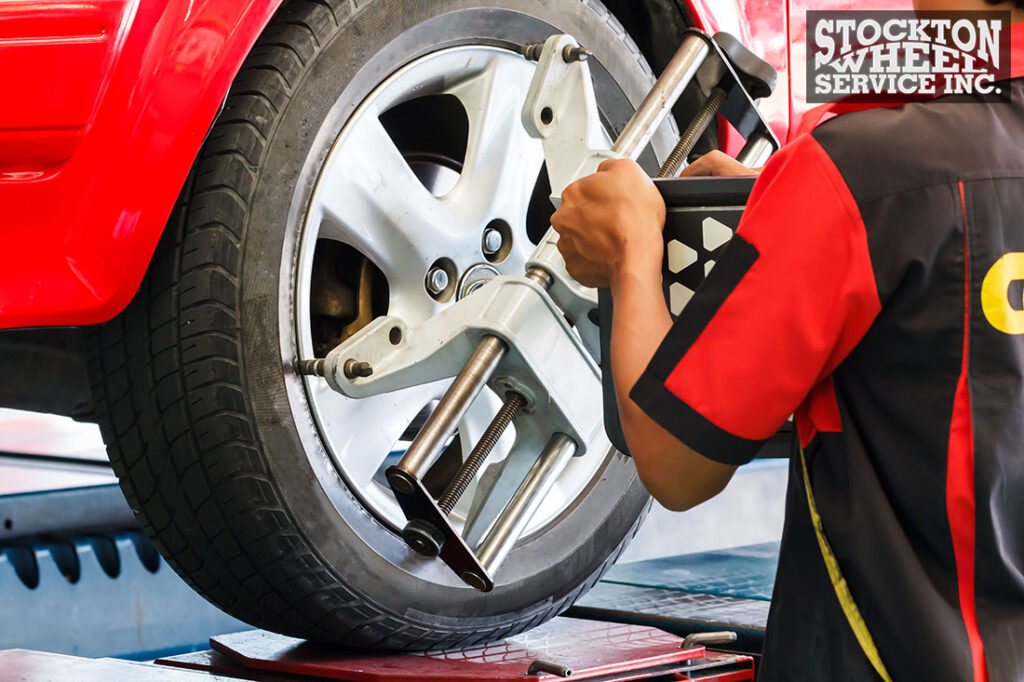
Wheel or tire alignment is a critical aspect of vehicle maintenance. It involves precisely adjusting the angles where the wheels are positioned relative to each other and to the road surface.
Adjusting this angle makes sure that all 4 tires are parallel to one another and square to the road. This creates an ideal configuration for the vehicle’s suspension system.
The three common alignment angles that technicians adjust during a tire alignment are:
- Camber: It refers to the angle of the wheel compared to its vertical axis when viewed from the front or rear of the vehicle. It can be positive (the top half of the tire tilting outward from the car) or negative (the top half of the tire leaning inward toward the vehicle).
- Caster: This is the angle of the steering axis, which is the line between the upper and lower ball joints when viewed from the side of the vehicle. It can be positive (tilting toward the vehicle’s rear) or negative (tilting toward the car’s front). Caster angle affects steering stability and how the vehicle tracks in a straight line.
- Toe: It can be either toe-in (the front tire points slightly inward) or toe-out (the front tire points slightly outward). You should align the axis in a neutral or negative angle for the best handling and on-center feel.
Proper tire alignment helps your tires wear out more evenly, prolonging their longevity and saving some bucks on replacement. Plus, accurate alignment helps improve fuel efficiency since your car encounters less resistance when the wheels are correctly aligned.
How Do You Know If Your Wheels Need Alignment?
Troubles with the steering wheel, unusual tire wear, or vibrating wheels are the common signs showing that you need a wheel alignment. When you notice these signs, you might feel a mix of frustration and concern. The vehicle may not handle as smoothly as it used to, causing discomfort and potentially affecting the overall driving experience.
Steering Wheel Issue
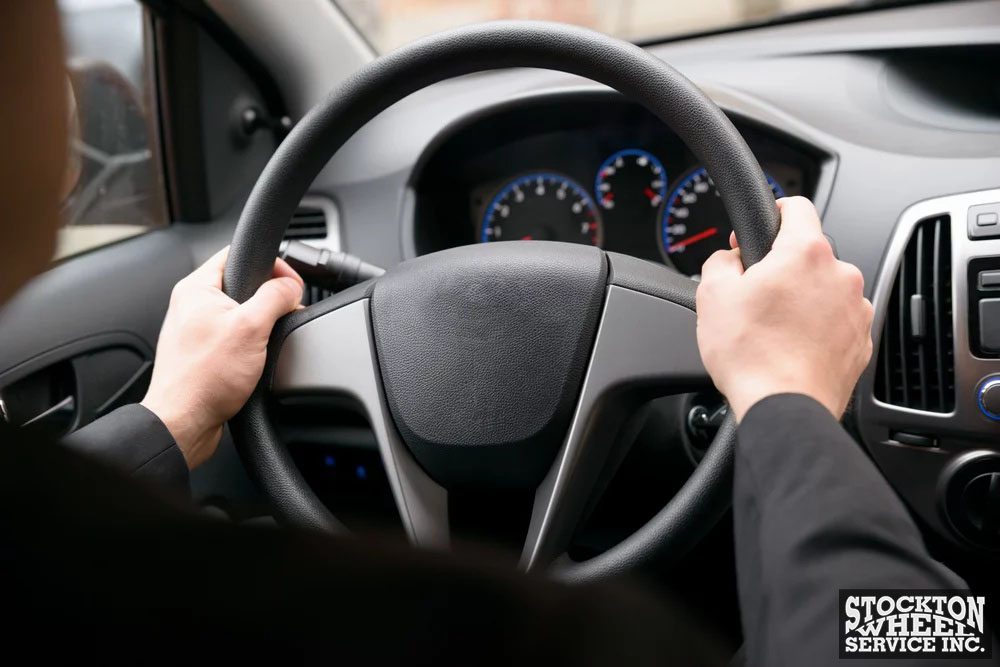
One of the most common signs of misalignment is a noticeable problem with your steering wheel. If you find that your steering wheel isn’t centered when you’re driving straight, it’s a clear indication that something may be amiss. When your wheels are aligned correctly, your steering wheel should be level and centered.
Abnormal Tire Wear
Inspecting your tire wear can reveal a lot about your alignment. Misaligned wheels are the recipe for the uneven tread wear on tires. For example, in case you notice that the edges of your tires are significantly more worn than the center, this means there’s a misalignment. Conversely, if the centers are more worn than the edges, this can also indicate a problem.
Shaking Wheel
A shaking or vibrating steering wheel while driving is another red flag. When misaligned, the wheels can pull in different directions, causing your steering wheel to shake or vibrate. This not only affects your driving comfort but also indicates a potential alignment issue.
How Do You Know When Your Tires Need Balancing?
It’s when you encounter car pulling, abnormal tread wear, and shaking steering wheels. These instabilities experienced while driving can be intolerable, especially if they occur at higher speeds. Plus, the issues may lead to the need for premature tire replacement and increased maintenance costs.
Car Pull To One Side
Suppose your car is inclined to one side while you’re driving on a straight and level road. It’s a strong indication that your tires may be out of balance. This pulling occurs because unbalanced tires can create uneven pressure on your wheels, causing your car to veer in one direction.
Uneven Tread Wear
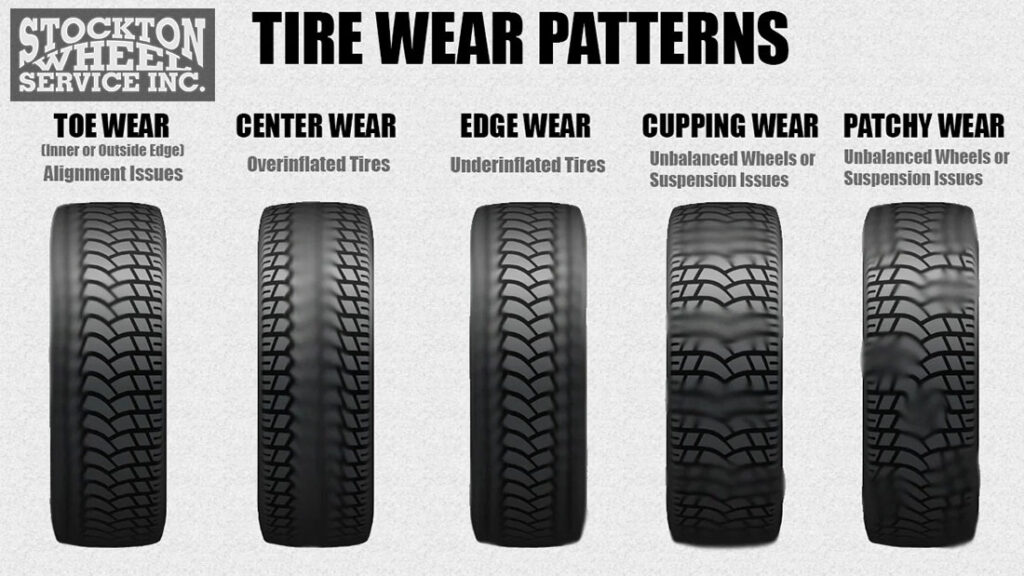
Inspecting the wear patterns on your tire treads can provide valuable insights into whether balancing is needed. Uneven tread wear is a common sign that your tires are not distributing the vehicle’s weight evenly. When tires are unbalanced, certain areas of the tread may wear down faster than others.
Vibrate Steering Wheel
A shaky feel from the steering wheel, notably at specific speeds, is another common symptom of unbalanced tires. These vibrations can range from subtle to pronounced, depending on the severity of the imbalance. Not only do these vibrations compromise your driving comfort, but they can also lead to more significant issues if left unaddressed.
Frequently Asked Questions
Should You Balance Tires Or Align First?
You should balance your tires before getting an alignment. Properly balanced tires will provide more accurate alignment results, so it’s best to start with balancing and then proceed with the alignment if needed.
Do Rear Wheels Need Balancing?
Yes, the rear wheels do need balancing. While the front wheels tend to have a more significant impact on steering and handling, imbalanced rear wheels can still cause vibration and uneven tire wear, affecting overall vehicle stability.
How Long Can You Go Without An Alignment?
You can go without an alignment for a while, but it’s generally recommended not to exceed 10,000 miles without one. However, the ideal interval varies depending on your vehicle, driving habits, and road conditions.
The Bottom Line
Understanding the difference between the two tasks is key to maintaining your vehicle’s performance and safety. Balancing ensures a smooth ride, while alignment keeps your wheels in proper orientation. Both are crucial for tire longevity and overall driving comfort, making them indispensable aspects of responsible car ownership.
See more:

